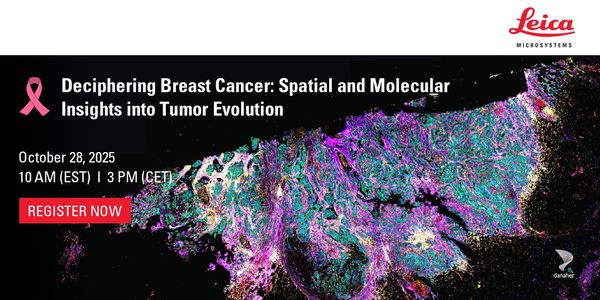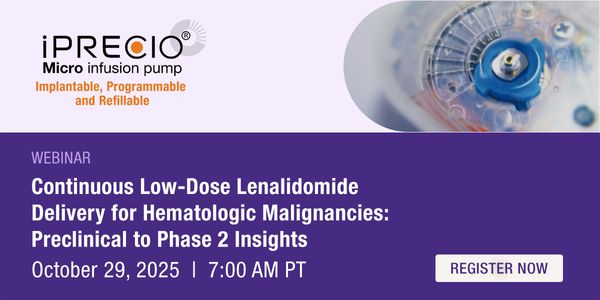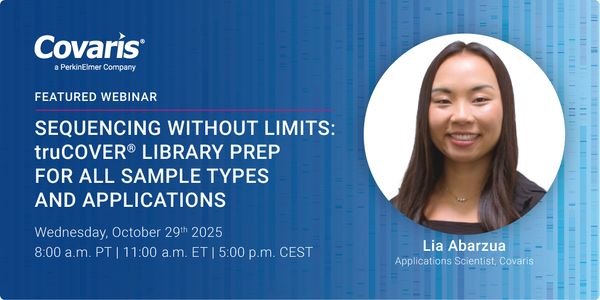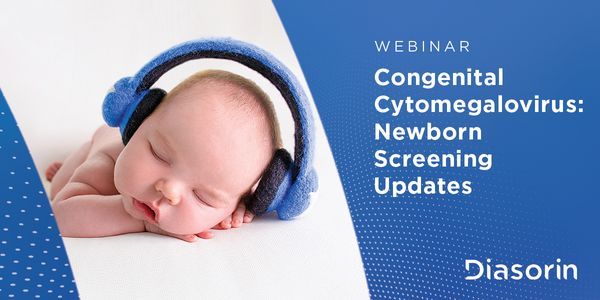A Metagenomic Assay to Interrogate the Role of Virome and Microbiome in Cancer
Screening to identify all known viruses and other pathogenic microorganisms including bacteria, fungus and parasites in human tumor tissues will provide a more comprehensive understanding of the contributory role of the microbiome in the associated cancer. Metagenomic assays will require rapid and economical processing of large numbers of samples and data analysis pipeline. The PathoChip platform was developed by targeting viral, prokaryotic and eukaryotic genomes with multiple DNA probes in a microarray format that can be combined with a variety of upstream sample preparation protocols and downstream data analyses. PathoChip screening of DNA and RNA from formalin-fixed, paraffin embedded tumor tissues demonstrated the utility of this platform, and the detection of oncogenic viruses was validated using independent PCR and deep sequencing methods. These studies demonstrate the use of the PathoChIP technology combined with PCR and deep sequencing as a valuable strategy for identification of microbial pathogens in human cancers and other diseases. Furthermore, we were able to rapidly identify a zygomycetous fungi, Rhizomucor, a challenging organism for microbial testing laboratories, in a subject with acute myelogenous leukemia using this pan pathogen array technology. We highlight the value of PathoChip as a tool to identify micro-organisms to the species or strain level, especially for those difficult to identify in most microbial testing laboratories. Additionally, human cancers are associated with a wide range of microbes making infections the third highest cancer risk. We used the PathoChIP technology to identify the viruses, bacteria, fungi and parasites associated with breast cancer using formalin-fixed paraffin embedded (FFPE) archival tissues. Results were validated by PCR and next-generation sequencing. We define the signatures in a specific type of breast cancer tissue which was underrepresented in normal tissue. These include viruses as well as families of bacteria, fungi and eukaryotic parasites. Hierarchical clustering analysis identified two signature patterns, one with predominant bacteria and parasites and the other predominant for viruses. The contribution of these microbial signatures to cancer is yet to be determined. However, these microbes may contribute or exist in the tumor microenvironment and impact cancer biology.
For Research Use Only. Not for use in diagnostic procedures.
Learning Objectives:
1. Understand the importance of screening as it relates to the microbiome in cancer.
2. Gain an understanding as to how the PathoChIP technology can be used as a valuable tool to identify micro-organisims during testing.






